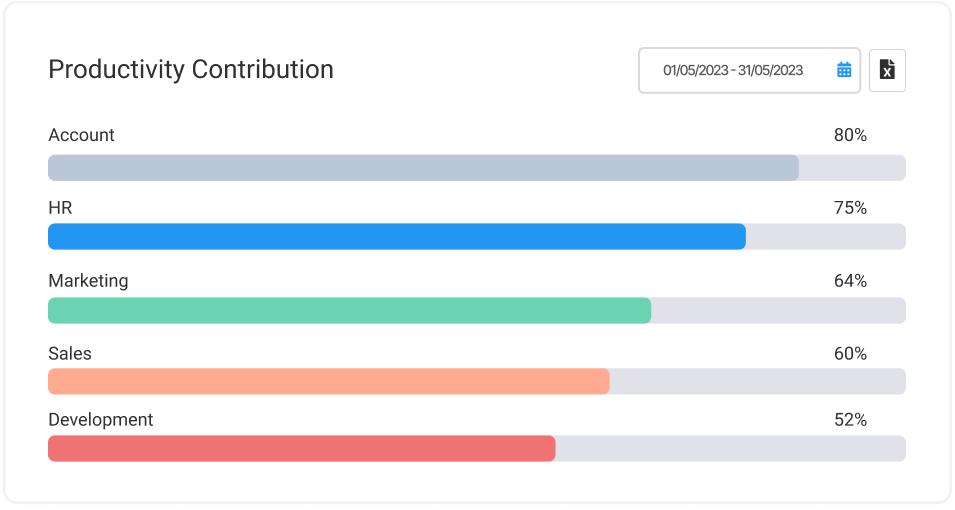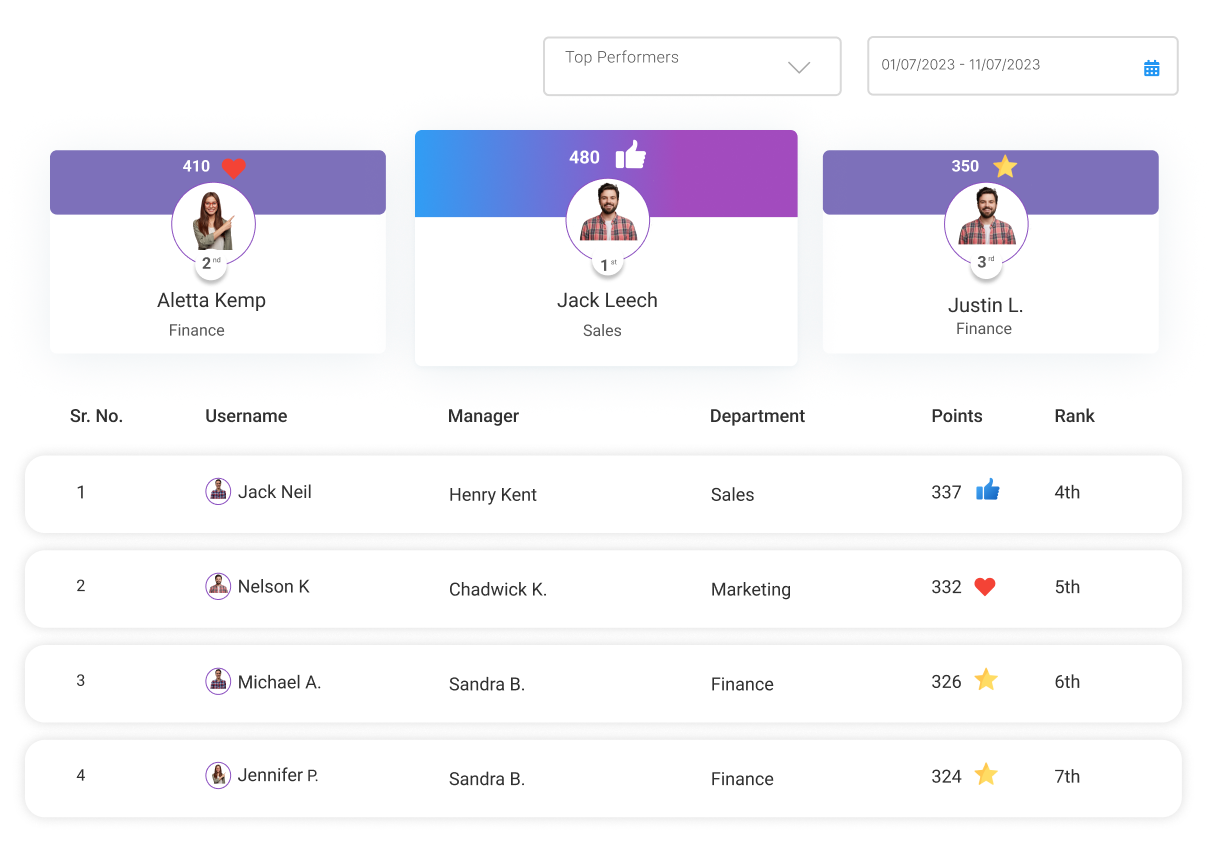Productivity and efficiency are critical factors for any organization. Let’s understand why they’re important and how they impact team performance.
Top performing organizations get backed by productive and efficient teams. Though, it is quite a challenge to define productivity and efficiency for your teams and identify the impact.
These terms are more popular in the work environment, yet a few of us does understand what productivity and efficiency mean. The terms are often used interchangeably as there is confusion about using one for the other.
Table of Contents
This blog discusses what factors differentiate productivity and efficiency, also how to measure distributed teams utilizing remote employee monitoring software.
What factors define productivity and efficiency
Before we explore the critical factors to manage productivity and efficiency for remote teams, let’s first get to know the definitions of each term.
What is productivity
Apart from the common concept of understanding productivity as a busyness, it is a vital metric to measure how teams perform.
It’s a way of determining what tasks or goals your teams have accomplished.
In the absence of productivity metrics in place, it would get tricky for organizations to estimate business growth and decide on corrective actions to accelerate progress.
Productivity is measured based on the tasks or goals you have achieved in a defined time duration. Let’s further understand productivity with the following example:
You’re a video editor and create 2 videos per week at starting month of your job. After a month, you get able to produce 4 videos per week reflecting your progress. Based on the increased quantity of videos, your productivity can be measured as improved. But it doesn’t guarantee quality work as increasing quantity somewhere deteriorates quality.

Read More: 5 Effective Ways to Boost Productivity for Your Remote Teams
What is efficiency
Efficiency refers to how teams complete a job utilizing the resources well. You can measure efficiency based on what less time teams take to produce more work. The following example will better help further understand team efficiency:
You ask the video editor to produce more videos per week to use time efficiently. With 6 videos per week, the video editor improves work efficiency, but the quality can be in question.
Productivity vs Efficiency explained
Let’s discuss the varying factors to give you a clear view of each term and how to track productivity and efficiency of remote teams:
– Work produced vs work speed
While teams are encouraged to do more work utilizing fewer resources and time, identifying what productivity and efficiency teams achieve matters in remote work.
Productivity is measured based on what tasks teams complete in what time frame utilizing what resources. In terms of efficiency, it depends on what time teams take to complete what tasks or how fast they perform work.
– Impact of greater performance
There is more than measuring productivity and efficiency in terms of more output and speed of work, let’s next discuss that.
The greater output leads to greater productivity but it doesn’t reflect the impact on quality and the cost to your organization in terms of the number of reviews and revisions that need to be done on the completed tasks to meet the standards. Like, in case of the video editor, who created 6 videos in a week, will feel burnt out with the task overload and revisions that consequently cost extra time and workforce efforts to the concerned organization.
On the other hand, efficiency helps cut work completion time and improves overall business operations. Yet more efficient work approaches may lead to reduced output and impact performance.

Read More: 10 ways to improve productivity for remote/hybrid employees
What is the better way than pursuing either efficiency or productivity
The discussion can go on about what to prefer between productivity and efficiency, but rather than following one over the other, it’s critical to know the effective approach than pursuing either efficiency or productivity.
It comes up to productivity analytics to measure how remote teams work, what tasks they’re up to, what time they take to complete tasks, what hours they work, what productive and unproductive hours they spend, and what performance they achieve.
You can track what break/aux time remote teams spend, what time they spend as active/idle, what team is overburdened, and what teams need to be aligned to tasks for balanced work distribution to save remote teams from getting burnt out.
Productivity analytics help organizations measure what teams perform and what teams need support to achieve more. Also, it enables managers to get real-time live location tracking based analytics about where remote teams are, what tasks they are doing, what hours they work, and when they leave the work location.
Utilize wAnywhere to get actionable productivity analytics
Gain detailed analytics against how remote teams work, what are their work patterns, what apps and websites they access, what aux time they spend, alert them against exceeding idle/break time, and help get remote teams to unwind in an unmonitored office watercooler like virtual environment.
wAnywhere enables remote organizations to identify each activity of distributed teams with data-driven reports. Get the ease of scheduling reports with AI-powered remote employee monitoring software to find team activity details and export reports conveniently to view each team’s activities and estimate what productivity and efficiency they achieve.
Start a free trial for 14 days to see wAnywhere in action and find out how it helps balance productivity and efficiency for your remote teams.
Is there no difference between productivity and efficiency?
There is a striking difference between the two as Productivity focuses more on quantity of work while Efficiency emphasizes more on quality of work and both are critical for remote teams to perform.
How do you calculate productivity and efficiency?
Refer to the simple formulas, following:
Productivity = total output / total input
Efficiency = time expected to work / work hours
What is KPI for productivity and efficiency?
It indicates how effectively teams achieve the defined business goals and objectives.
Can you be more productive but not efficient?
Both are interdependent and go hand in hand. Top performing teams deliver more output in less time, balancing both productivity and efficiency to execute quality work within the defined timeline.













